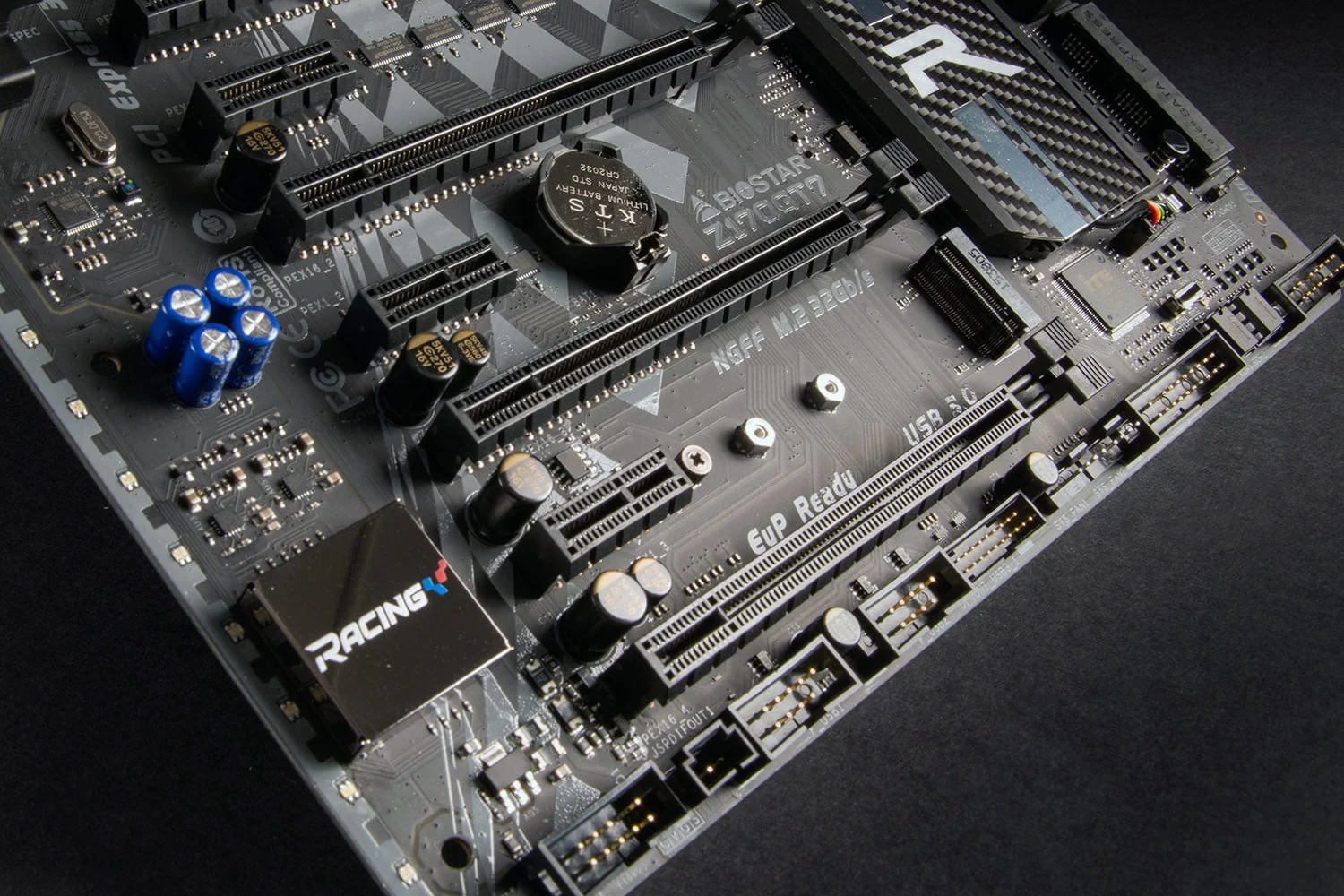Explanation Needed: What is PCIe 4.0?
Peripheral Component Interconnect Express known abbreviation as PCIe which is serial computer bus expansion slot that's occupied by the graphics cards, networking cards and NVMe hard drives. Every few years or so, the expansion bus standard makes improvements to data throughput. Currently, desktop systems are using third-gen iteration, or PCIe 3.0. But that's all about to change.
On To The Next Generation
The PCIe interface will double the bandwidth made available for the components I mentioned in the previous paragraph, the graphics cards, hard drive, Ethernet, and Wi-Fi network cards. In 2019, AMD is the very first company to implement PCIe 4.0 in to their new CPUs and motherboards. The Zen 2 Ryzen 3000’s which was just released to market two weeks ago carries PCIe 4.0 technology.
The Performance Factor
The PCIe slots can be configured with either one lane or multiples of four lanes, such as x1, x4, x8, x16, x32. From one generation to another expect bandwidth to double. For example, a PCIe 3.0 x8 interface can replace the new PCIe 4.0 x4 interface providing the same amount of bandwidth.
The new PCIe 4.0 standard can support up to 16 GT/s bit rate, which is 2GB/s per single lane, or 64GB/s in total. As opposed to 8GT/s bit rate for PCIe 3.0 which provides 1GB/s bitrate.
What's so fascinating about the new PCIe 4.0 technology is it maintains both backward and forward compatibility with much older and more modern hardware. Which means PCIe 3.0 cards will function on PCIe 4.0 motherboards and PCIe 4.0 cards will work PCIe 3.0 motherboards, but performance will be limited to the 3.0 interface.
The PCIe 4.0 specification introduces the OCuLink-2 connector, which is an alternative to Thunderbolt 3 technology. It will provide 8GB/s of bandwidth on four PCIe 4.0 lanes, compared to Thunderbolt 3 connector which only provides up to 5GB/s bandwidth.
PCIe 4.0 Technology Could Be Temporary
Believe it or not, PCIe 4.0 specification was finalized many years ago, yet we're just now seeing the technology being implemented in hardware. The technology itself may not have any staying power as PCIe 5.0 specification was finalized just a couple of years later.
A PCI-SIG group recently just published the final 1.0 version of PCIe 5.0 specification and should start to see computing support in 2020. Just like PCIe 4.0, the PCIe 5.0 interface will double the bandwidth to 32GT/s or 4GB/s per lane, for a total of 128GB/s for 32 lanes.







